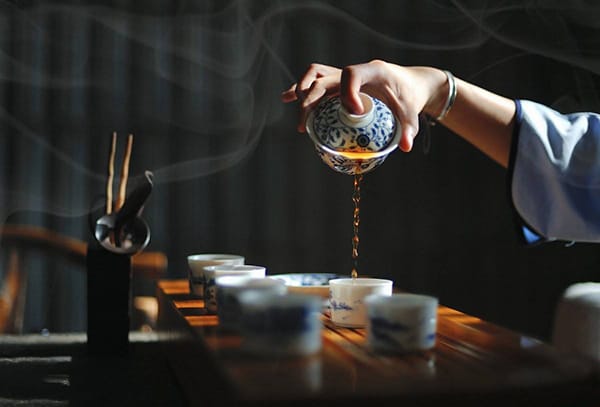Last Updated on 07/24/2019 by Desmond
There are various tea products on the market, and as a tea lover, it’s hard to avoid the urge to try every one of them. The tea bag is simple; most of the time, you just need to aim for some brands with good reputations; also, the tea bag won’t be expensive, and it’s unnecessary to expect it to have excellent quality. However, selecting loose-leaf tea seems to be a challenge. Here are 7 tips for you to better judge a high-quality tea.

CONTENT
Before Buying
In modern times, most people prefer to buy tea online. The most significant difference with offline tea stores is that you can not be supposed to take a try first. Thus, it’s so necessary to know some relative things before buying.
High-quality Tea Brands
Just like the other items, there are also many big brands in the tea market. Their products maybe not have the highest quality, but always be guaranteed. Famous like Twinings, The Republic of Tea, Teaguardian, etc. They got excellent raw leaves sources and hired great tea masters to blend the leaves.
Of course, as the birthplace of tea, there are many classical tea brands in China, like TAETEA Group and Bama Tea. Some famous tea types are also managed by the local companies to guarantee authenticities, such as Junshan Yinzhen, Lu’an Gua Pian, and Emei Zhu Ye Qing.
Besides, many small-scale brands also sell excellent tea products online. If you have no idea about them, you can search them on Amazon and check their reviews. It always needs to try times to find the fittest brand of your own.
Origins
Black tea, green tea, or other types are depended on the leaves’ fermented degree. That means every tea garden can produce every kind of tea. Still, after you have a certain knowledge of tea, you know that some excellent teas are only origin in some special places. The local environment provides the leaves unique flavor, making them famous.
For example, as everyone knows, West Lake produces the best Longjing Tea, and the authentic Pu-erh tea is only from Yunnan. Assam produces excellent CTC black tea, but few people know about its green tea product. And, Japanese Matcha has a quality unmatched by even China.
After your tea knowledge grows, you may even care about which special garden the leaves come from; even in the same region, different tea gardens’ products still have gaps. Of course, it also requires to keep trying. Fortunately, most teas’ names are with their origin as prefixes, like Uji Matcha, Wuyi Mount Da Hong Pao, and Ceylon black tea. Now many private tea gardens also sell online, but one thing that makes one worry is that their safety can not be guaranteed.
Harvest Time
The leaves’ harvested time is an important grading standard for almost loose-leaf teas. Loose-leaf tea products sold on the market will typically note their harvested time, like spring tea, summer tea, and autumn tea; sometimes, it is the first flush, the second, or the third.
Leaves harvested in spring are regarded as the highest quality. The plants had reserved nutrients during a long winter and grew the tenderest buds in spring, rich in amino acid and tea polyphenol.
In the hot and sunshine summer, leaves’ tannin content increases, the mouthfeel becomes astringency, the flavor gets stronger, and the size also bigger. And in autumn, leaves’ flavor becomes weak gradually, the astringency reduces, but the mouthfeel becomes mellow.
Although the spring leaves are regarded as the best. Still, some excellent teas are not from spring. Such as Shoumei, which is made from summer leaves, and Akibancha, which is made from autumn leaves.
Trying Brewing
Buying leaves from offline tea stores is more effortless. Moral sellers will recommend you the most fittable leaves and provide a free trial on drinking. Still, if you have a certain knowledge about how to judge high-quality leaves, it will give some help during the trying.
Appearance
Usually, you can basically judge the leaves’ quality after taking the first look at them. To almost high-quality loose leaf teas, they have the following common features:
- the shapes are intact, and the sizes are uniform;
- no impurities, few chips, and reasonable tea stem content;
- no mildew on the surface(do not confuse with the white tea fuzz and the Fuzhuan tea’s golden flowers);
- to the strip-shaped leaves which had been rolled and the CTC grains, check if they are tight enough;

Besides, each type of tea has a different color. Still, good tea always looks bright and clean. Totally speaking, green tea is supposed to look fresh, black tea looks greasy, Oolong leaves with red edges, and dark tea looks glossy; teas in those appearances are typically excellent. And the leaves in incompatible colors, dim and dark tell that they are picked from different seasons, have worse processing, and have low quality.
Of course, each tea has its unique appearance, and it needs you to get extra relative knowledge.
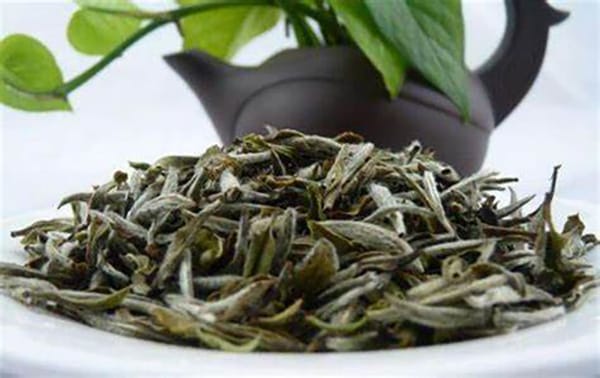
Fragrance
The fragrance is the soul of tea. Every tea has its unique aroma. You need to judge the tea fragrance both before and after brewing it.
Place the leaves in a saucer and take a smell. Typically, green tea smells fresh, black tea smells baked, and Oolong is with a slightly mature fruit aroma or floral. Good teas won’t smell strong or pungent, unless the ones had been blended or artificial flavor added.
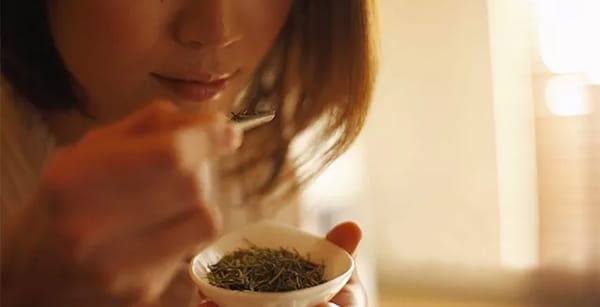
After brewing, the tea fragrance becomes more obvious. Except for smelling by the nose, the aroma will fill your oral after the first sip, and you can feel it more carefully.
It’s still hard to judge the tea quality accurately by the smell. But if they smell mold or burnt, they are absolutely inferior-quality products.
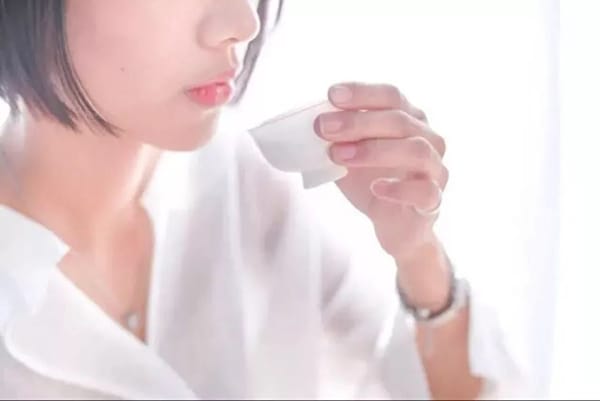
Flavor
Tea is for drinking; how it tastes is the most important. A challenge is that there are too many tea types, and the flavor judgment standard is very different. However, teas in each class have a similar mouthfeel.
For example, green teas taste fresh and brisk, with a bit of astringency at the first sip, and turn sweet soon; black tea tastes strong and has great astringency; dark tea and aged white tea are focused on the mellow mouthfeel. Even though there are so many tea types, all the good ones taste smooth, with a great aftertaste, and without strong bitterness.
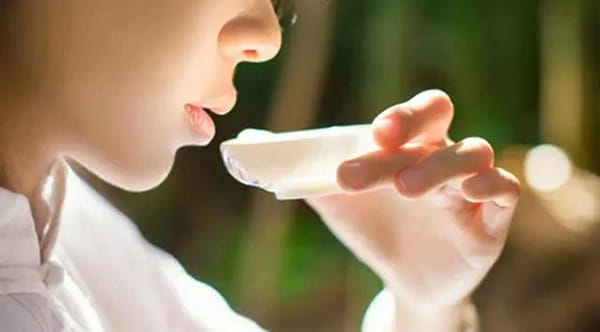
Feeling
Tea drinking is also a kind of spirit-relax method. Even not the high-quality tea(as long as not the inferior ones) can also manage people’s emotions. Many monastics love practicing through drinking tea, and it developed as the Chinese Traditional Tea Ceremony and Japanese Sado. The lasting-long aftertaste of a good tea can make you relaxed and happy, feel no longer fidget and thirst. Although tea feeling is a highly subjective judgment, for individuals, it may be the most suitable and easy to experience.
